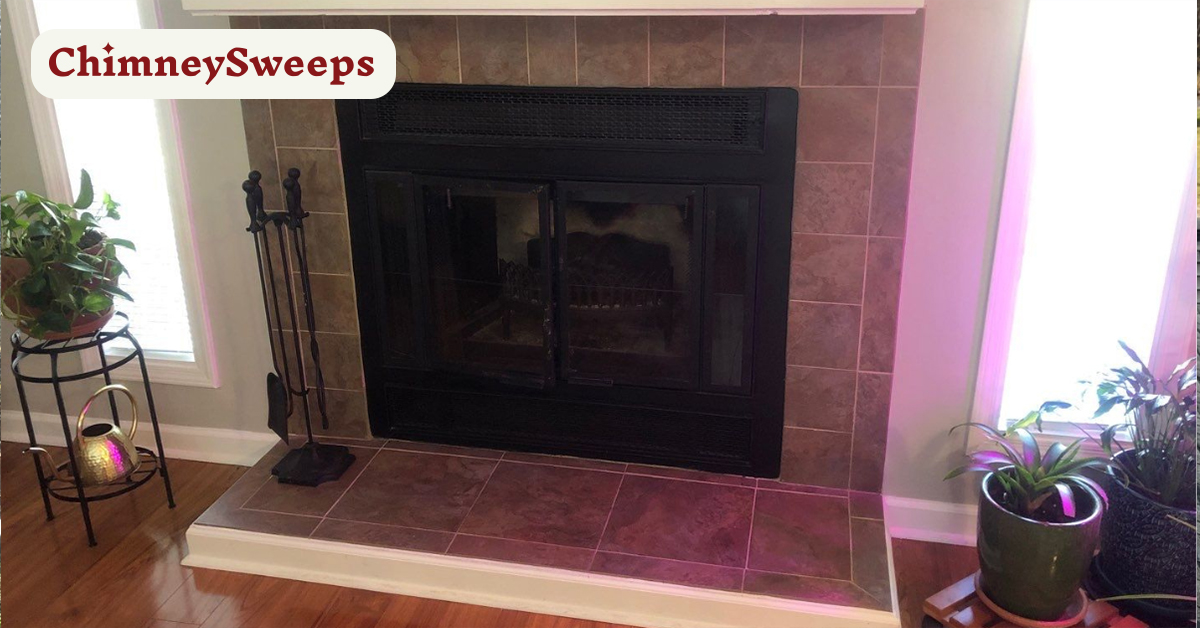Reasons Behind Home Fires and How Homeowners Can Maximize Safety
Around a thousand families suffer from devastating housefires in the US every year. In addition to the billions lost in these tragic incidents, fires pose life threats, alter routines, and, in most cases, cause emotional and financial devastation. According to the National Fire Protection Association (NFPA), US fire departments answer an average of 346,800 house fires annually, claiming about 2,620 civilian fatalities and $7.3 billion in property loss.
What are the major causes behind such tragic house fires?
Although not all household fires can be predicted, there are many that are preventable. Understanding the top causes of house fires is important in the first place before learning about the possible ways of preventing house fires.
To cut a long story short, chimney fires are one of the least-maintained risks in the United States.
Let’s now understand the top causes of home fires in the US.
The Top Causes of Home Fires
1. Kitchen Mishaps
Cooking mishap is the leading cause of residential fires in the US, responsible for almost 49% of all reported home fires (US Fire Administration). Unattended stovetop or oven fires, grease fires, and appliances overheating are the most frequent causes.
Even the most mundane oversight, such as leaving food alone on the burner, can lead to full-blown flames in a matter of moments. As reported by fire officials in several house fire incidents, a kitchen fire can spread in just 30 seconds, with watchfulness being the best defense.
2. Heating Appliances and Chimneys (The Silent Offender)
Fires caused by heating appliances are the second most frequent cause of residential structure fires, especially in winter. Heating equipment is estimated by the NFPA to be responsible for approximately 13% of residential fires, with chimney fires being among the top causes.
Chimney fires usually take place when creosote, a tar product of wood burning, accumulates within the flue. Creosote, if not cleared with frequent cleaning, is highly combustible and can go off with some surprise ignition, raising temperatures within the chimney to more than 2,000°F. This high temperature has the potential to break flue liners, ruin brickwork, and, under extreme conditions, carry the flames to the attic or walls of the building.
Sadly, most homeowners don’t realize the concealed threat in their chimneys until it’s already too late. Chimney fires are held responsible for hundreds of fire incidents annually in the United States, as stated by the Chimney Safety Institute of America (CSIA) CSIA source.
3. Electrical Malfunctions
Incompetent wiring, overloaded receptacles, and defective electrical panels have the potential to create catastrophic home fires. Electrical Safety Foundation International (ESFI) states that electrical problems are the cause of over 51,000 home fires each year, killing 500 people and causing more than $1.3 billion in loss (ESFI source).
Older houses that lack modern electrical systems are especially vulnerable. Something as simple as overloading a circuit by plugging too many things into an outlet can cause fires.
It’s worth noting that although chimneys are among the easiest parts of a home to maintain, with regular sweeping and inspections being straightforward and relatively inexpensive, they’re surprisingly one of the most frequently overlooked areas by homeowners.
For instance, Good Housekeeping emphasizes that “sweeping the chimney” is one of the five essential home-maintenance tasks most often overlooked, yet critical to preventing hazards like creosote buildup, smoke, or carbon monoxide issues.
Chimney Fires: The Hidden Danger
Although cooking fires and electrical issues tend to receive greater attention, chimney fires are a special case because of their frequency, severity, and preventability.
Most homeowners appreciate the warmth and ambiance of a fireplace over the winter months, but fail to see through the silent threat of unattended chimneys. A chimney fire in most of the incidents goes completely unnoticed until the damage is revealed.
Why chimney fires occur:
1. Creosote accumulation from wood combustion.
2. Blockages due to debris, leaves, or animal nests.
3. Faulty chimney liners that let heat escape.
These fires are especially devastating since they tend to start in parts of the house that are not easily seen.
How can I keep my home safe from homeowners?
Preventing Chimney Fires for Homeowners
The good news is that chimney fires can be nearly entirely avoided with regular maintenance. These are the steps that every homeowner should follow:
1. Have Regular Inspections
The NFPA suggests a yearly chimney inspection to guarantee that there are no unseen hazards. Certified chimney sweeps know how to detect cracks, creosote accumulation, or blockages that could cause a fire.
For those homeowners who are not sure where to look for a professional, our official directory at chimneysweeps.com offers access to certified chimney professionals nationwide.
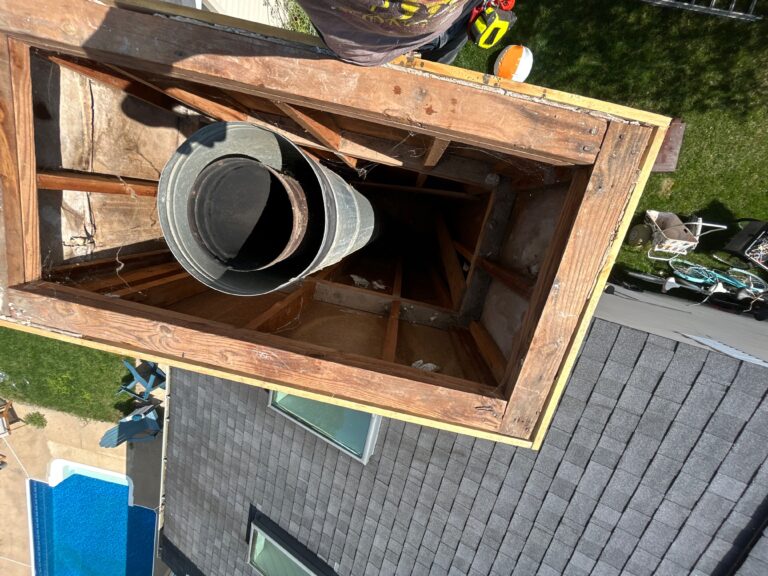
2. Spend Money on Professional Cleaning
Regular-use chimneys must be cleaned at least once a year, and in some cases more often if there is frequent heavy wood-burning. Cleaning creosote buildup greatly minimizes fire danger.
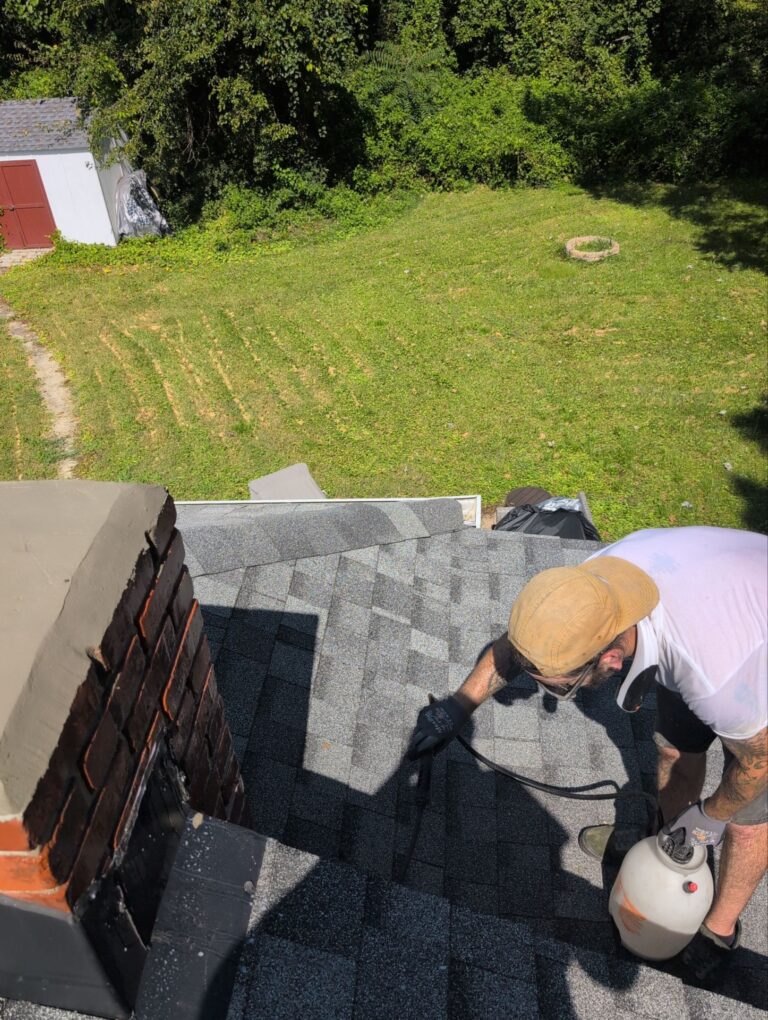
3. Address Chimney Repairs Whenever Required
Chimney liner cracks, loose bricks, or broken mortar joints will let heat escape and burn the surrounding wood framing. Repair work should never be delayed, as even minor structural problems can mushroom in the event of a fire.
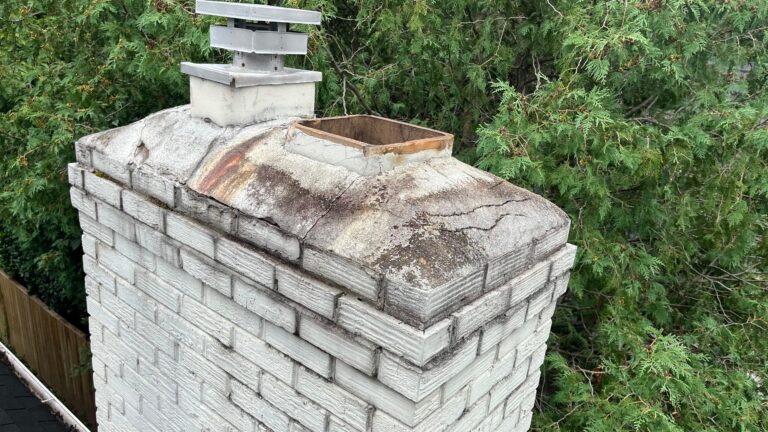
4. Burn the Right Fuel
Seasoned hardwood is the only fuel to be used in fireplaces. Burning wet wood or cardboard not only leads to more creosote accumulation but also can emit dangerous chemicals.
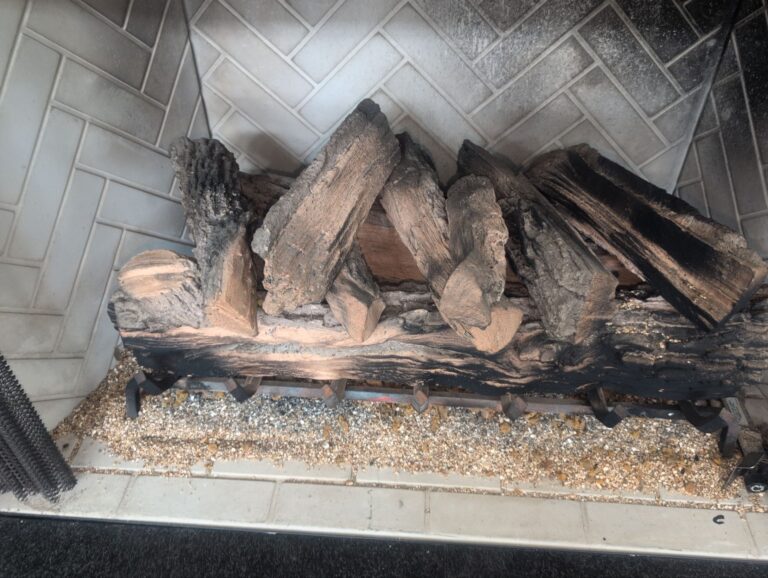
5. Install Chimney Caps
Chimney caps keep leaves, twigs, and even animals from making dangerous obstructions. They also stop stray sparks from flying out onto the roof.
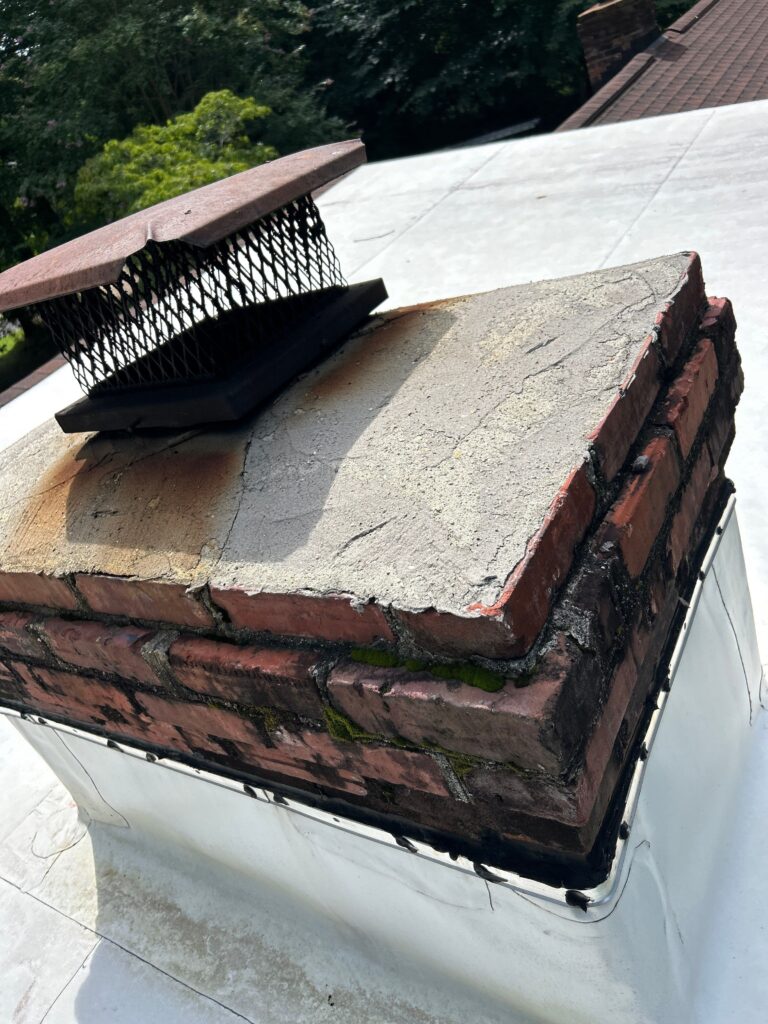
Related Reading: Some Important Tips to Prevent a Chimney Fire
General Fire Safety Tips for Every Homeowner
Outside of chimneys, homeowners need to take a complete approach to fire safety:
1. Install Smoke Alarms: Put them on each floor of the house and test them each month.
2. Keep Fire Extinguishers Ready: At least one in the kitchen and by fireplaces.
3. Avoid Overloading Circuits: Use surge protectors and don’t daisy-chain power strips.
Ensure Maximum Protection from Chimney Fires - Contact Licensed Chimney Sweep Professionals
After knowing about the leading causes of housefires, from cooking accidents and electrical malfunctions to chimney fires, homeowners can take informed steps to prevent their families and properties from devastating fires.
Chimney-related fires, in particular, highlight the importance of regular inspections, cleanings, and timely repairs. These steps not only prevent fires but also extend the life of your fireplace and heating system.
If you’re unsure where to begin, connect with a certified and licensed chimney professional who can help keep your home safe year after year. Visit here https://chimneysweeps.com/
